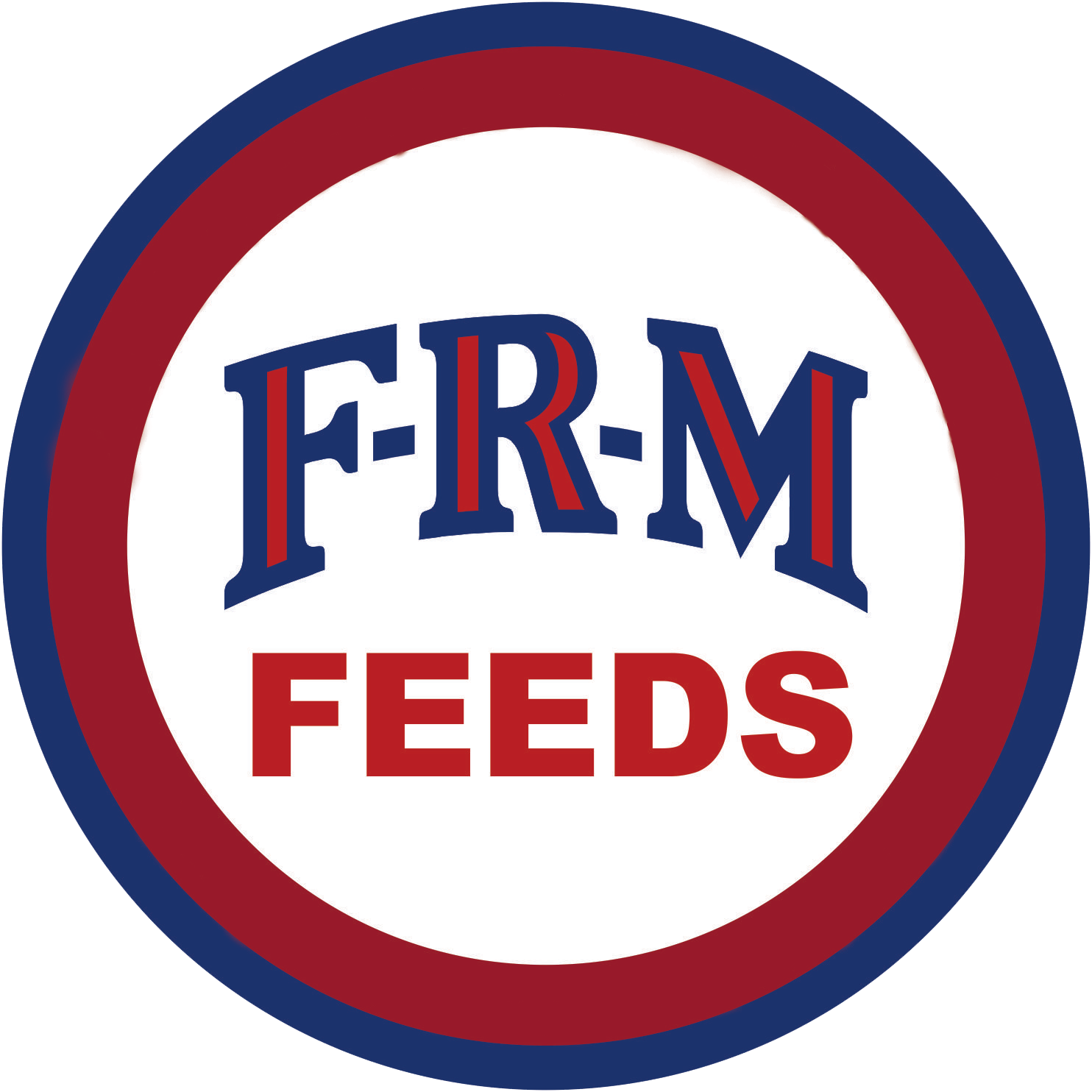REPLACEMENT HEIFERS
It is best to handle replacement heifers separately. They will need to be kept on a feeding program that will put them at adequate breeding size by the time they are 13 to 15 months old. Meeting the nutrient requirements of heifers from weaning to first calving is of great importance.
The feed and management program of replacement heifers will have a life-long effect on their productivity. It will determine how young they may be bred, whether they calve early or later, whether they are good milkers or poor milkers, the weaning weight of their calves, and how long they remain in the herd. Also, feed accounts for 40% to 70% of the cost of raising replacement heifers; hence, it is important to know whether it is possible to affect savings on feed during the growing period without affecting reproduction adversely. It is even more important to know that their performances as adult animals can be enhanced by proper nutrition and management.
Improvement of the herd depends on the quality of the replacement heifers put in the herd. Research has shown that when heifers first calve at 2 years, they are more fertile, productive, and live longer. Also, it’s very expensive to keep a heifer for 3 years before getting any production.
MATURE BROOD COWS AND FIRST TIME HEIFERS
It’s a good idea to separate mature cows from heifers nursing their first calves so that you can provide additional feed for energy to nurse the calf and continued growth for the first calf heifer.
DRY COWS AND COWS NURSING CALVES
If dry cows and cows nursing calves are run together, part of the herd will not be fed properly. If cows with calves are fed properly, the dry cows will be fed too much. This is not harmful, but it is expensive.

